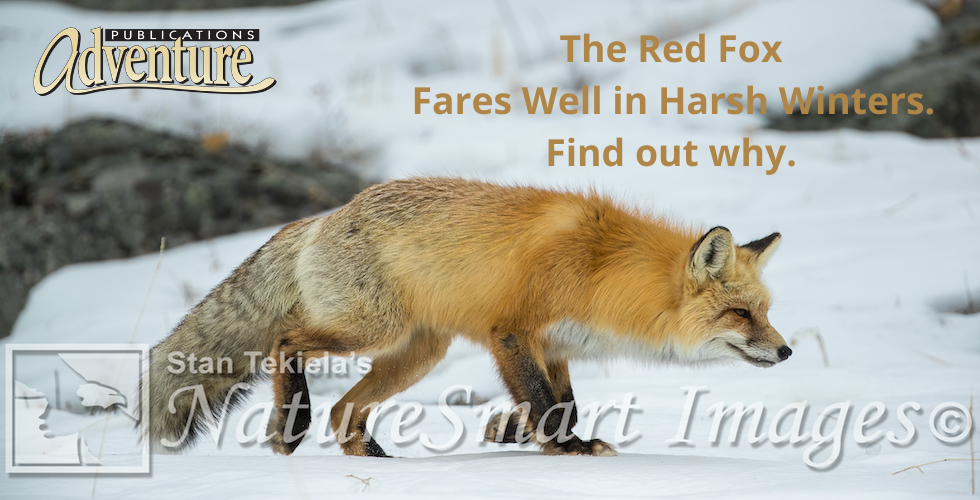
The Red Fox is Well Prepared for Harsh Winters
Naturalist and wildlife photographer Stan Tekiela talks about how the Red Fox fares well in winter conditions. Find out more about it!
Winter can be a challenging time for wildlife, especially when deep snow blankets the land and the wind blows bitterly cold. Birds fluff up their feathers and search high and low for anything to eat. Squirrels are extra plump and fuzzy and dig down through the snow in hopes of finding a forgotten acorn. But for some critters, winter is a time of plenty. Owls such as the Great Horned and Barred Owl do well in winter weather conditions. The nights are extra long, giving them ample opportunity to hunt, while the snow cover gives the mice and voles a false sense of security from the avian predators above.
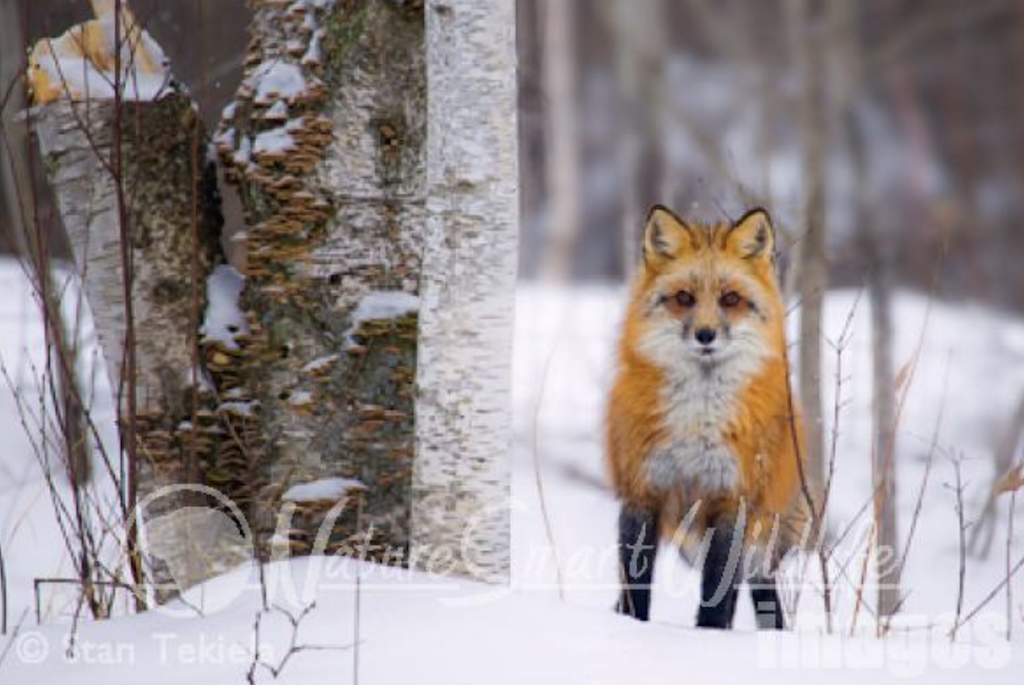
The Red Fox (Vulpes vulpes) is one of those critters who does well in winter conditions. In preparation for winter, foxes grow an extra-thick undercoat of fur that covers their entire body. In addition, they grow extra fur on their paws that helps with the snow and ice. They also pack on extra fat for the winter, which acts to both keep them warm as an insulating layer and also gives them energy when food becomes in short supply.
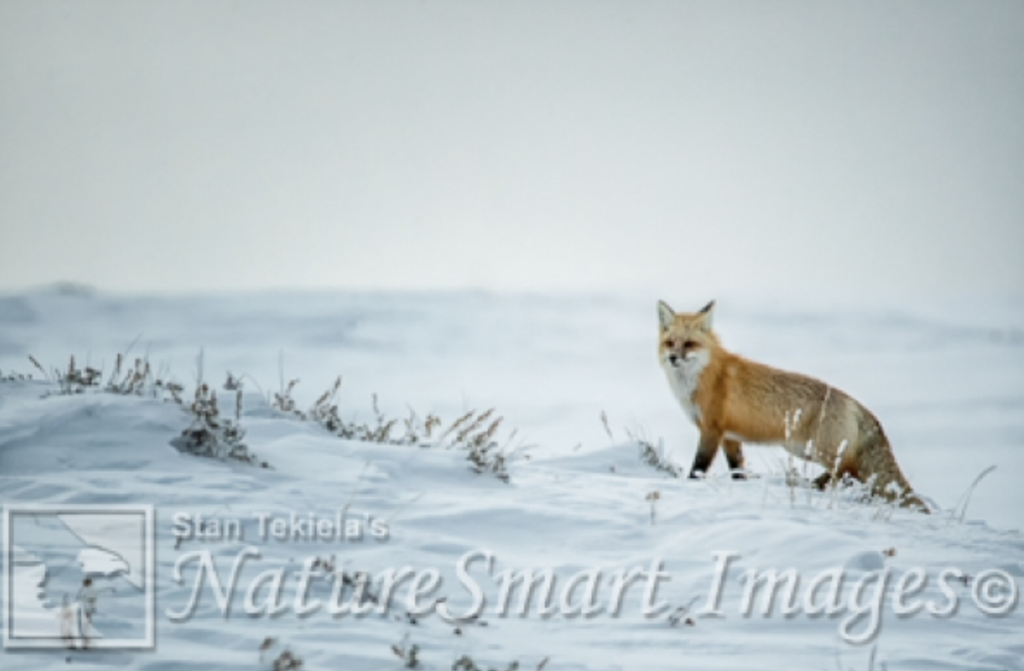
Another adaptation used by foxes to survive winter is a heat exchange arrangement in their legs. The warm arterial blood coming directly from the heart runs right alongside the cool venous blood returning from the paw. The heat of the body is exchanged from the arteries to the veins before it gets a chance to be lost to the environment through the paws. This means the paws are kept at a lower temperature than the rest of the body, minimizing heat loss from the paws that are in contact with the ground.
No doubt, the Red Fox is the most widely distributed member of the canid family (dogs). They can be found throughout the entire Northern Hemisphere, including North America, nearly all of Europe, and Eurasia.
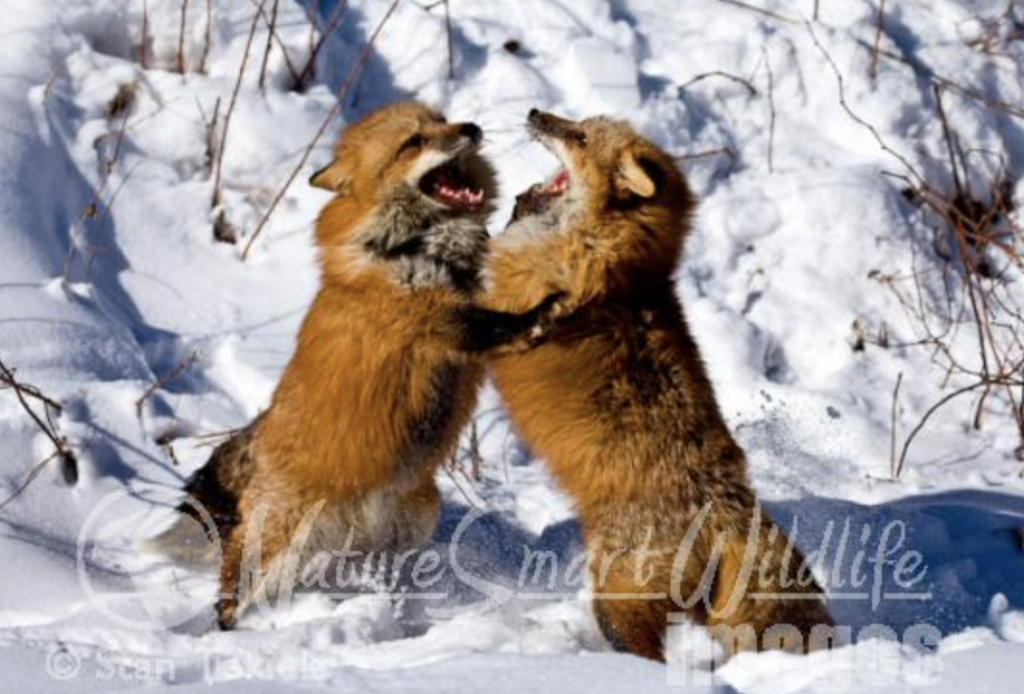
The Red Fox has been associated with humans for thousands of years, and it has been introduced to many parts of the world where it wouldn’t have existed otherwise. Most recently, the Red Fox was introduced to the continent of Australia, where it is now considered an invasive species.
The Red Fox comes in a wide variety of colors, not just red. It ranges from the classic rusty red to nearly all black. When nearly black, it is often called a Cross Fox. The name comes from a black dorsal stripe (down the middle of the back) that intersects or “crosses” with a black mark at the shoulders.
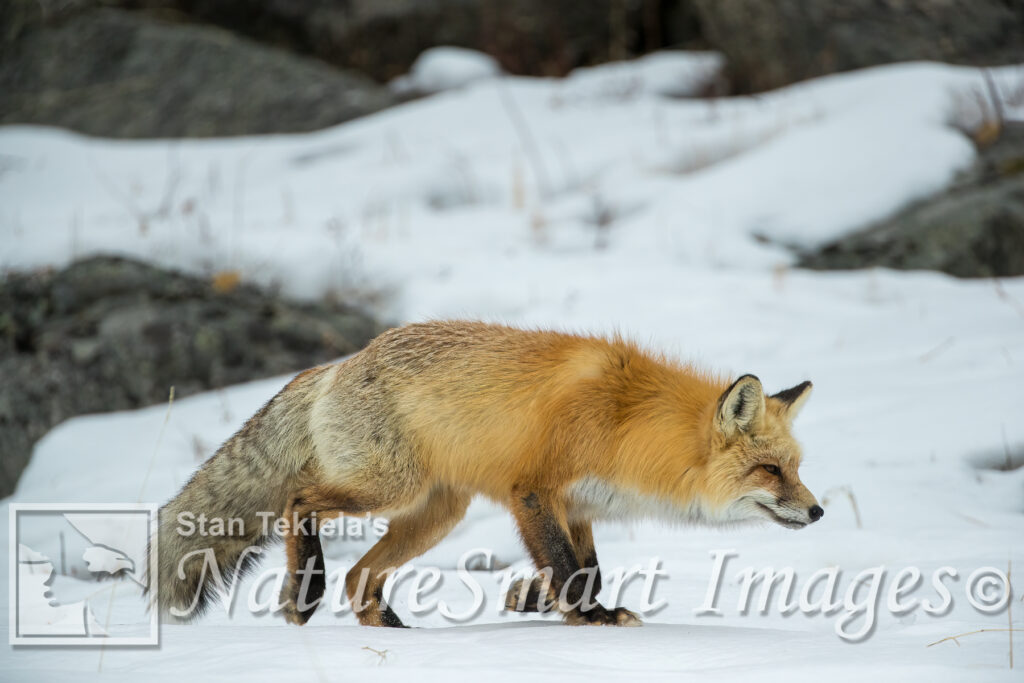
They can also be blond to nearly white. But no matter what color they are, each color phase has one aspect in common. They all have a white tip of the tail. In fact, this is the best way to tell a Red Fox from the similar-looking Gray Fox (Urocyon cinereoargenteus). The Red Fox has a white tip of the tail, and the Gray Fox has a black tip.
The male and female Red Fox are similar in size, with the male being about 10-15% larger. This is often not a noticeable size difference. An adult Red Fox weighs between 10-25 pounds. This is much smaller than your average domestic dog.
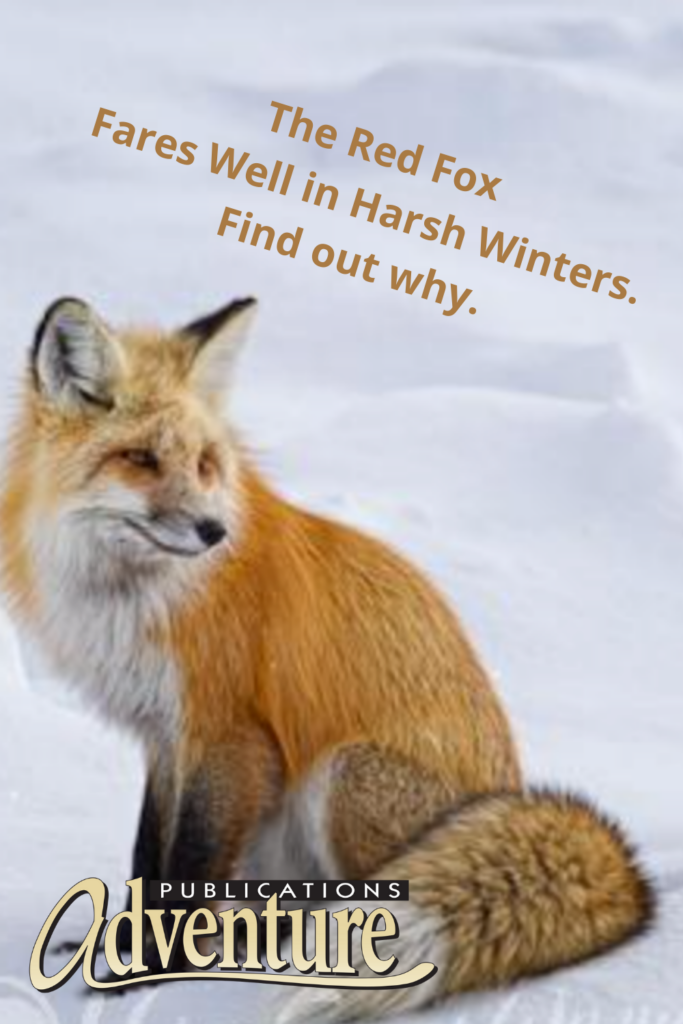
The Red Fox has excellent eyesight and keen hearing, not to mention an amazing ability to smell. They usually hunt small mammals such as mice, voles, and shrews, along with small birds. Typically, a fox will hunt by walking along and watching for any movement, but in the wintertime, they are mainly listening. The fox keeps its head down, scanning back and forth. If it finds something, it will stop and cock its head from side to side, pinpointing the exact location of the prey under the snow by listening.
When the fox has locked onto the sound, its hind legs coil up like a spring and it launches itself into the air, following an arch-shape trajectory, coming down with its front paws and nose hitting the surface of the snow first, plowing through the snow to reach the hidden critter below. It is really a sight to behold. I’ve seen it time and time again, and it’s still thrilling to witness. So, this winter, keep your eyes open for the Red Fox.
If you enjoyed Stan’s post, you may enjoy one of his amazing nature books: Wild Birds, Backyard Birds: Welcomed Guests at our Gardens and Feeders, and Bald Eagles: The Ultimate Raptors.
You can follow Stan on Facebook and Twitter, or contact him via his web page. Stan’s nationally syndicated NatureSmart column appears in more than 25 cities spanning 5 states (Minnesota, Wisconsin, Michigan, Illinois, and Pennsylvania) and is circulated to more than 750,000 readers.
For more stories about wildlife and nature, sign up for our newsletter now!



Annie Long
I >love< foxes–this engages my imagination fully. And I learned so much about them, they are underappreciated.
Annie Long
I wanted to remark on the curious anatomical structure–the heat exchange in the legs–how the heck did a scientist figure this out?! Fascinating.
Liliane Opsomer
Fascinating indeed. I wish I could do so.